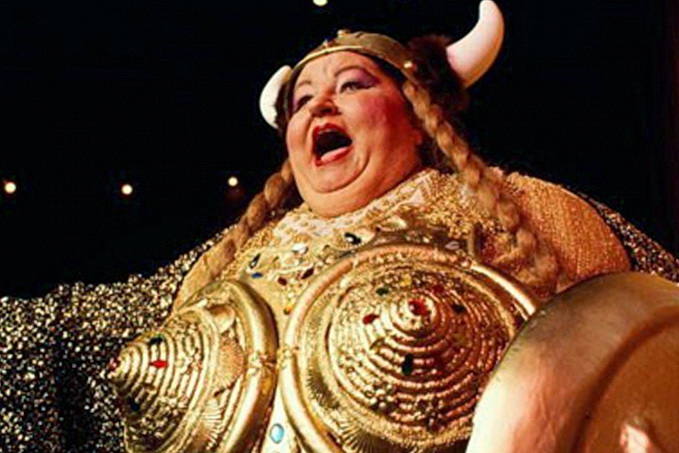If you’ve read some of the articles on this site, you’ll know that strong opinions come easily to me. The rising alcohol levels in our reds is one topic that gets me going, but I check the alcohol on wine labels I’m thinking of buying for another reason: it tells me something about the wine, or so I thought until I became aware of what the article by Philip White cited below reveals.
Simple example: I like my Chardonnays medium to full bodied, so when I see 12.5% on the label, there’s a good chance it’s going to be one of those new wave Twiggy grapefruit concoctions. If it says 13.5 -14%, I feel more comfortable. If it goes much higher than that, I’ll probably pass because the wine will be of Wagnerian proportions.
I’m talking about personal preferences here, not right or wrong. Same with Rieslings, only the numbers change: 12.5% is just about perfect in my book, but 12 – 13 is the sweet spot. I like some flavour and body in my Rieslings, along with the refinement they can ooze. 13% is about perfect for savvies – if it’s less, there’s a good chance you’re on an acid trip.
Reds are similar: Cabernet or Cab Merlot is perfect anywhere between 13 – 14%, and even with Shiraz or GSM I prefer not to go past 14 but will tolerate 14.5% for a good one. Dessert wines are a different subject because of the retained sugar.
All pretty simple until reality comes along, turns your table over and smashes your glasses. It turns out that wineries can go 1.5% of alcohol either way without breaking the law, which means all our carefully considered numbers go out the window. It does explain how certain winemakers produce wines with exactly the same alcohol levels, year after year, regardless of season.
Kym Teusner’s reds are a perfect example: since I first came across them, from the 2010 vintage, every single one of them I’ve seen has been 14.5%. When you see that kind of consistency, you can be sure that the winemaker can’t be bothered. As long as the alcohol level is between 13 and 16%, it’s all above board and legal. Many other wineries do the same thing.
So how do we wine lovers, drinkers and consumers work out if the alcohol level given on the bottle is real? If you see 11.7%, 12.3%, 12.8%, 13.4%, 13.8%, and similar fractions, you can be reasonably sure that they’re accurate. You can be even surer when the alcohol level on the label of a given wine varies from year top year. Yes, that’s about all I can tell you.
Black Snake slithers into alcohol debate
INDAILY, Philip White, February 11, 2014
Have you ever wondered why all the red wine in Australia is 14.5 per cent alcohol?
Don’t.
Because it’s not. It just says that on the labels.
In reality, many wines claiming that 14.5 figure are actually 16 per cent. In making their alcohol claims, Australian winemakers are permitted an error margin of 1.5 per cent either side of the number they nominate.

